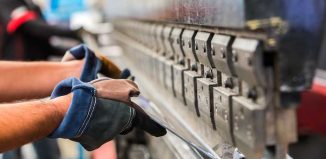To attach anything to brick, concrete or blocks you’ll need fastening bolts, studs and screws. This can be done in a variety of ways. Depending on the material, the depth of the drilled hole, and the place that you’ll be attaching the fixture, you can go with either mechanical or chemical masonry anchors.
Mechanical anchors are the traditional choice to create strong fixed points in masonry with bolts and studs that expand into the material when installed. However, they do have their downsides. This is where chemical anchors come in. They haven’t been around as long as mechanical anchors, but offer several advantages and are being used more often. Let’s see what makes chemical anchors the popular choice when attaching anything from handles or rails, to large metal constructions into brick or concrete.
What are Chemical Anchors?
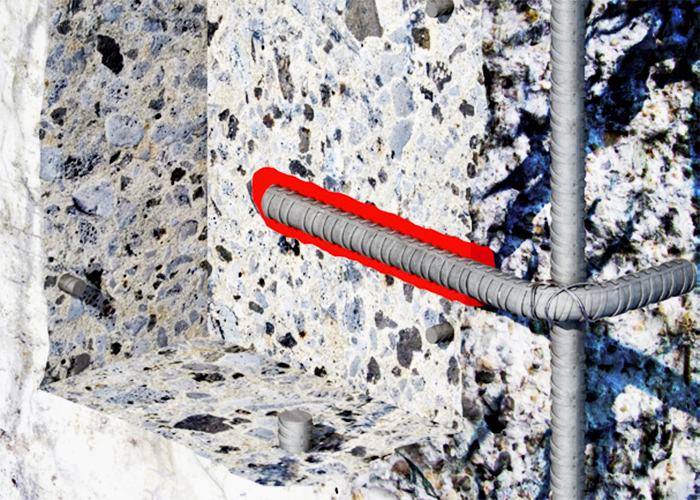
Chemical or resin anchors are masonry anchoring points containing steel bolts or studs that bond with the masonry by way of a chemical resin adhesive. The combination of high tensile steel fixtures and chemical adhesives creates a fixing point that is often stronger than the material into which it is being fixed. This means chemical anchors, like those consisting of the popular chemset studs, bond seamlessly into concrete and brick while not exerting outward pressure. By not expanding into the material like traditional mechanical sleeves or wedges, chemical anchors don’t create potential internal cracks or fissures. The use of resin effectively glues the studs and bolts to the material and fills any voids in the drilled hole or surrounding areas.
These properties allow chemical anchors to be used in all sorts of anchoring applications. They can be used in places with high loads, in closely affixed anchors, or anchors that are affixed to the edge of masonry. It also allows anchors to be set at greater depths.
Types of Chemical Resins and Anchors
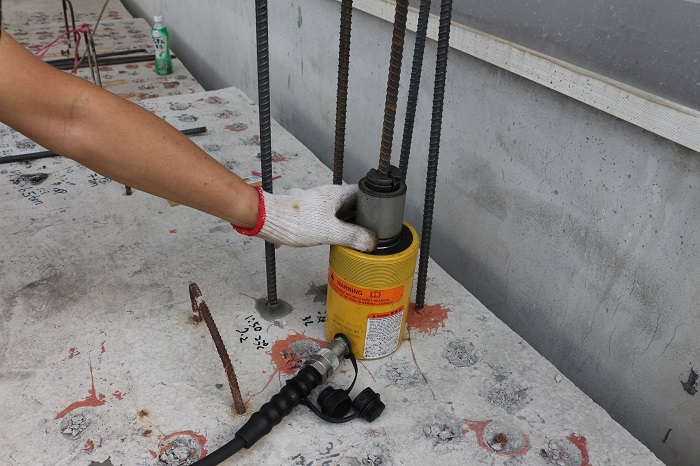
There are several types of chemical anchors, depending on the type of adhesive used. These include:
• Polyester Anchors are traditional chemical resin mixtures of unsaturated polyester resins with and without styrene reactive. The combination of the two resin types is easy to use and is applied in a pre-drilled and cleaned hole with a basic caulking gun. It cures quickly and has good bonding, high tensile strength and chemical resistance. Different loads and depths can be achieved with the use of chemset studs and threaded bolts of different widths and lengths. Polyester anchors are used in low to moderate load applications, like installing door handles or signs.
• Epoxy Acrylate Anchors combine the ease of use of polyester anchors with the greater tensile strength of pure epoxy resins. It cures relatively fast and is chemically resistant, meaning it can be used in moderate to high load applications in damp or humid conditions. Epoxy acrylate is high bonding and good for both solid and hollow substrates. It is typically used with larger chemical studs and threaded rods in rebar and threaded installations.
• Pure Epoxy Resin Chemical Anchors is typically used in rebar applications with very high loadings. They have the best bonding qualities of all chemical resins, better heat and chemical resistance, and are ideal for large-scale structural usage with threaded bolts in large sizes. Epoxy resins have a long shelf life, meaning they can be applied months after purchase. All chemical resins do not contain styrene and are odourless as a result.
Installing Chemical Anchors
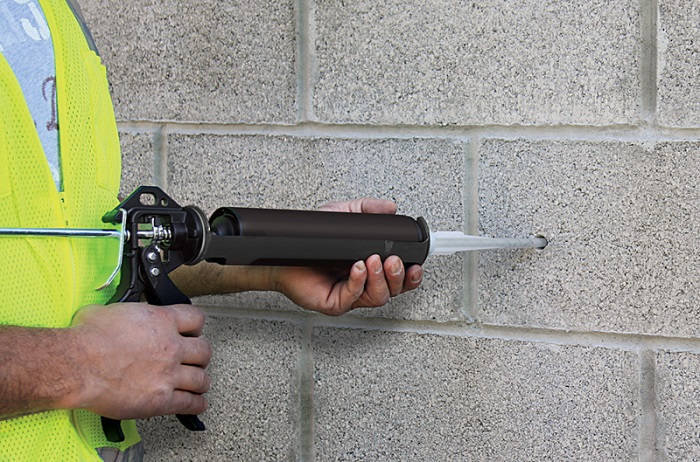
To install a chemical anchor into brick, concrete, marble or other masonry, you’ll need a few essentials. This includes the resin, a static mixing nozzle, an air pump and brush, anchor bolts or chemset studs in the appropriate width and length, and anchoring sleeves. You’ll also need a drill and drill bit with the corresponding size to anchoring bolts. Installing a simple fixture, like a large flat-screen TV into a brick wall is done in the following steps:
- With the drill, drill a hole in the wall to the desired depth
- To remove any dust, first use an anchoring brush. Remnants in the wall are cleared with an air pump.
- The nozzle of the mixer is screwed onto the cartridge containing the resin. Squeeze the cartridge trigger until you get a resin mixture of even colour. If the wall is hollow, you can use a chemical sleeve to avoid spillage. Insert the resin mix until the hole is completely filled.
- An anchor bolt or chemset stud is inserted in the hole with adequately applied pressure, moving it in a slow left-right-left direction. Pay attention to the length protruding out of the wall to ensure a good fit.
- Allow the resin to cure. For polyester resins, this is roughly an hour. Different resin types have different curing times, with epoxy needing the longest. Only when there is a completely dry anchor can you secure the fixture, in this case, our TV mount.
Buying Chemical Resins and Anchoring Fasteners
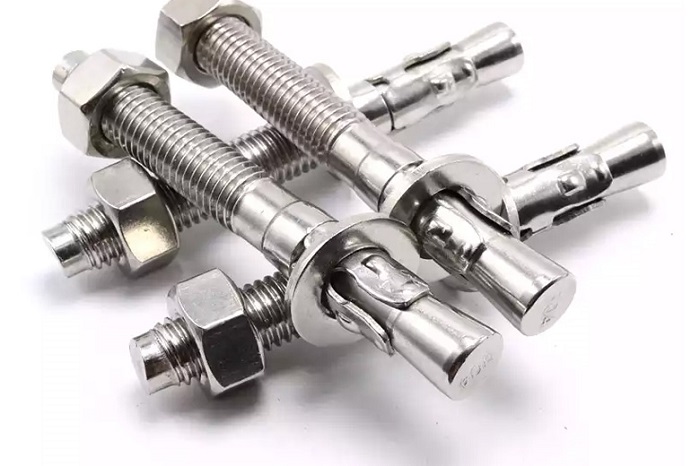
Chemical resins of different types and chemset studs, bolts and rods in different sizes, along with the appropriate application guns and cleaning accessories are sold in well-stocked hardware stores and stores selling construction and building materials.

